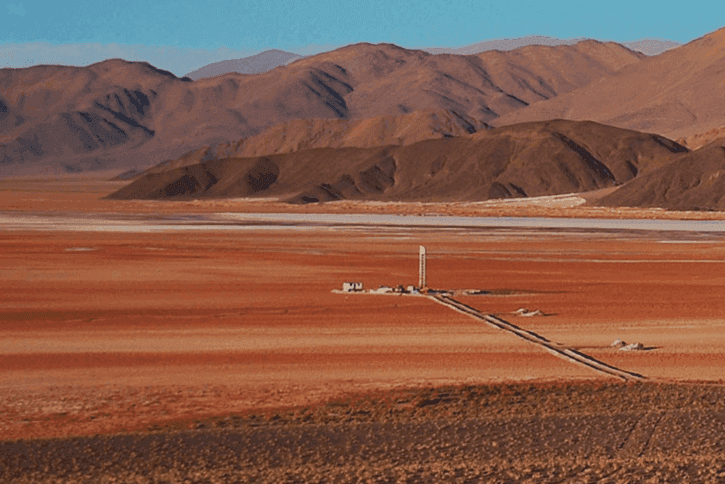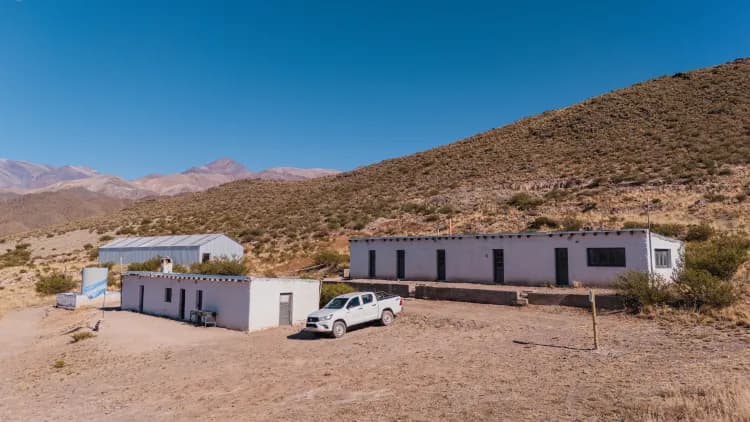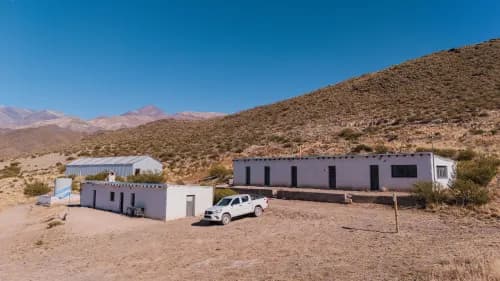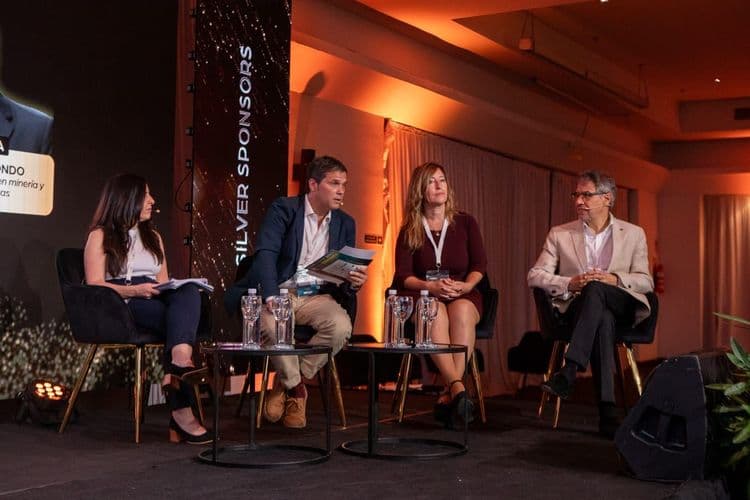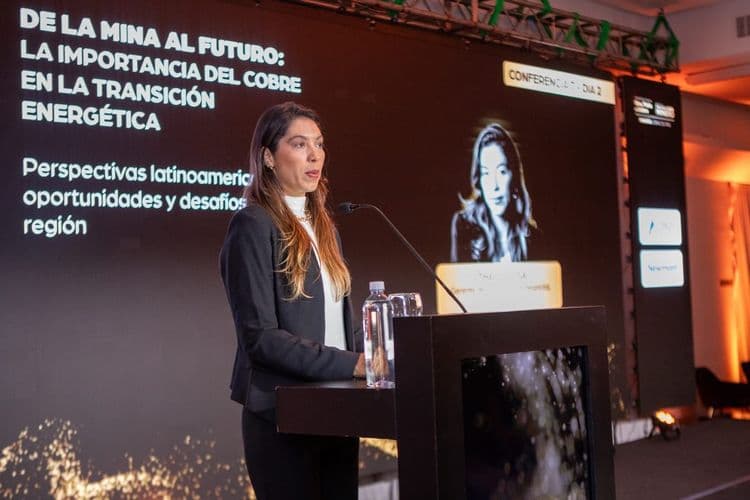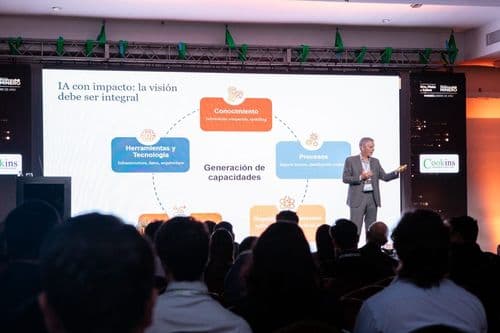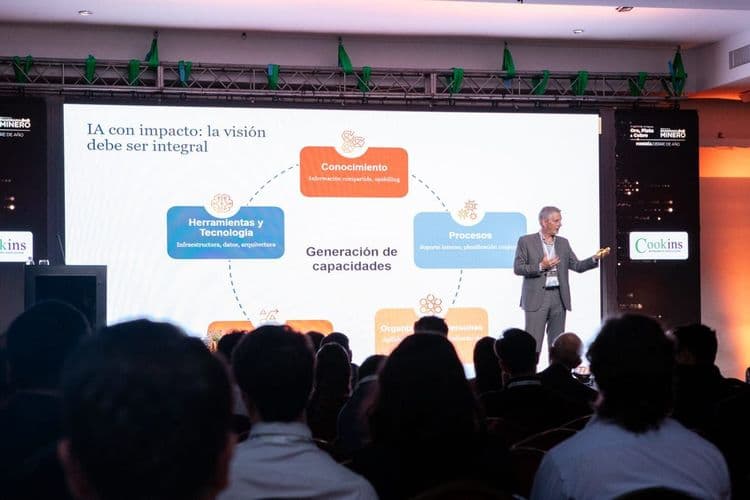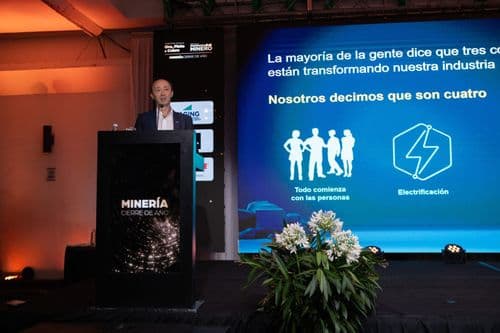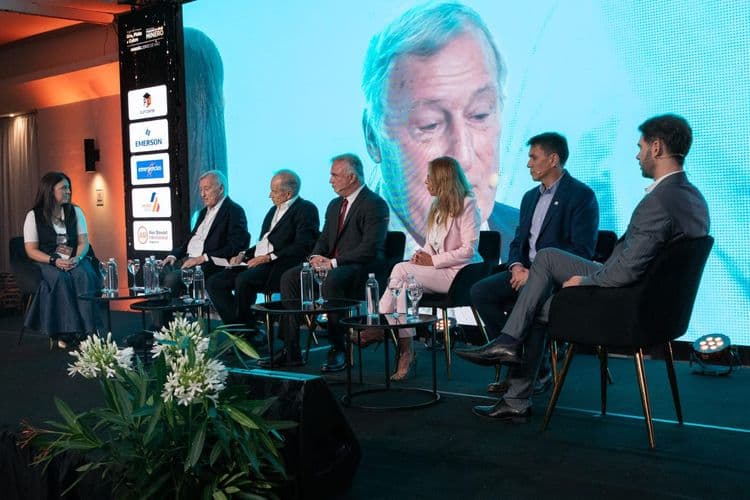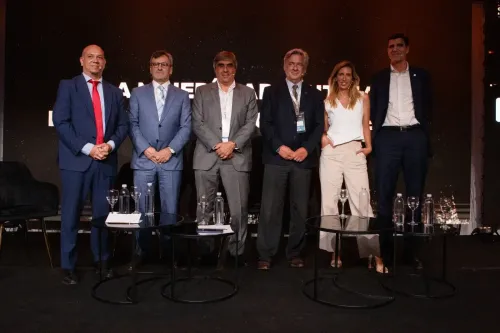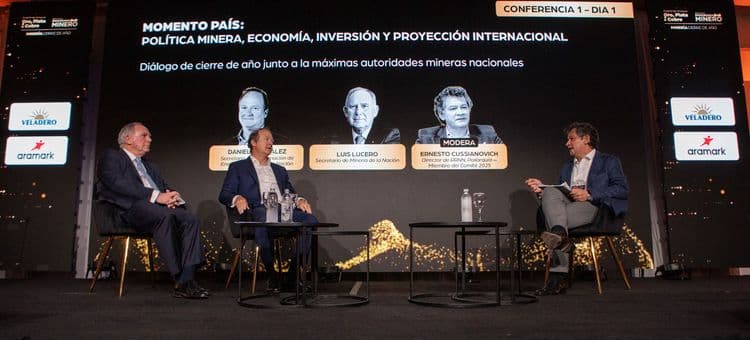The French company Eramet, associated with the Chinese company Tsingshan, announced that the company has "solid growth fundamentals" in the lithium sector despite the drop in prices recorded in the last period. The start of production at full commercial capacity remains firm for mid-2025, reaching 24 kt of lithium carbonate equivalent (LCE) produced in Salta.
By Panorama Minero
In Argentina, the construction of the lithium plant responding to phase 1 of the Centenario project, launched in 2022, continued with a completion rate of over 87% by the end of January 2024. Considering administrative delays in the second half due to the electoral period, the start of production could be postponed by a few weeks this summer. Achieving full capacity, at 24 kt-LCE of battery grade, is expected by mid-2025.
At full capacity, the cash cost for Phase I is positioned in the first quartile of the industry's cash cost curve (estimated at around US$4.5 to US$5.0/kt-LCE), and annual EBITDA for Phase I (at full capacity) should reach between US$210 million and US$315 million, based on a long-term price scenario between US$15,000 and $20,000/t-LCE. The total investment amount for Phase I is estimated at US$800 million, of which approximately US$480 million is financed by Tsingshan. In 2023, total capital expenditure totaled around $270 million, for a combined total of approximately US$600 million since the start of construction.
In November, the Board of Directors of Eramet approved the investment decision for the first part of Phase II, representing an additional 30 kt-LCE per year. "This remains subject to obtaining construction permits," the company announced, while highlighting that "cash costs are expected to be in line with those of Phase I, and the investment should total around US$800 million, i.e., less capital-intensive."
Market outlook
Eramet reported it expects demand to continue growing in 2024 (around +20%), driven by the increase in electric vehicle sales worldwide.
They also anticipate strong supply growth in 2024, driven by the arrival of new projects to the market as well as the development of existing projects, although this growth remains conditioned by price trends. In the current price environment, some high-cost producers may decide to halt production (notably in the case of spodumene) or put their plants on maintenance.
In 2024, considering the start of production of Phase I of Centenario in Argentina this summer, lithium carbonate production volumes (battery grade) are estimated to be between 5 and 7 kt-LCE in the second half of 2024. Capital expenditure (100% basis) related to Phase I of the Centenario project and Phase II are estimated at around US$200 million each for the year.
Trends and prices
Lithium carbonate prices halved in 2023 (-45%), averaging $39,394/t-LCE, decreasing from $80,000/t-LCE in early January to $15,000/t-LCE by late December. This decrease is due to lower-than-expected demand, especially in electric vehicle sales worldwide (+30% in 2023 compared to +60% in 2022), along with shortages among cathode producers.
